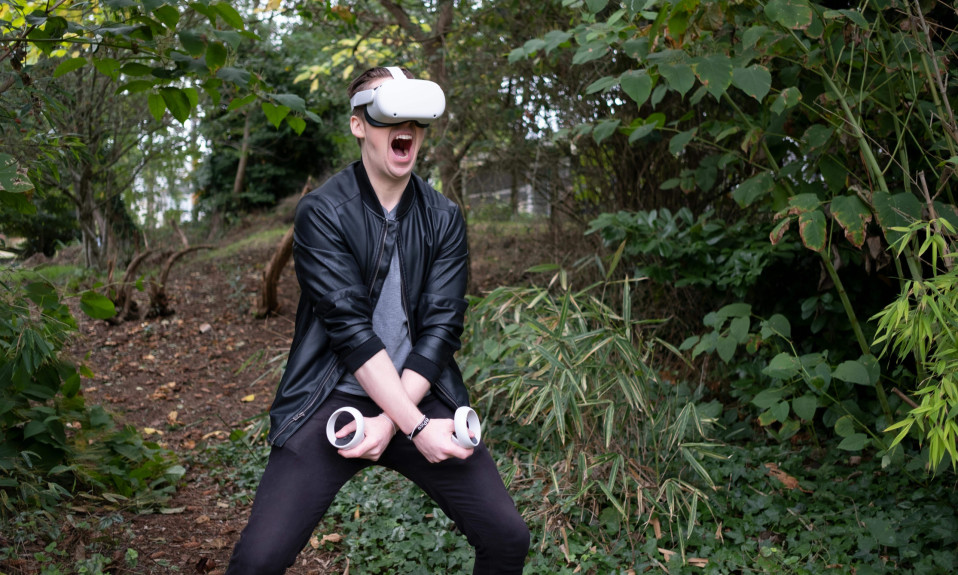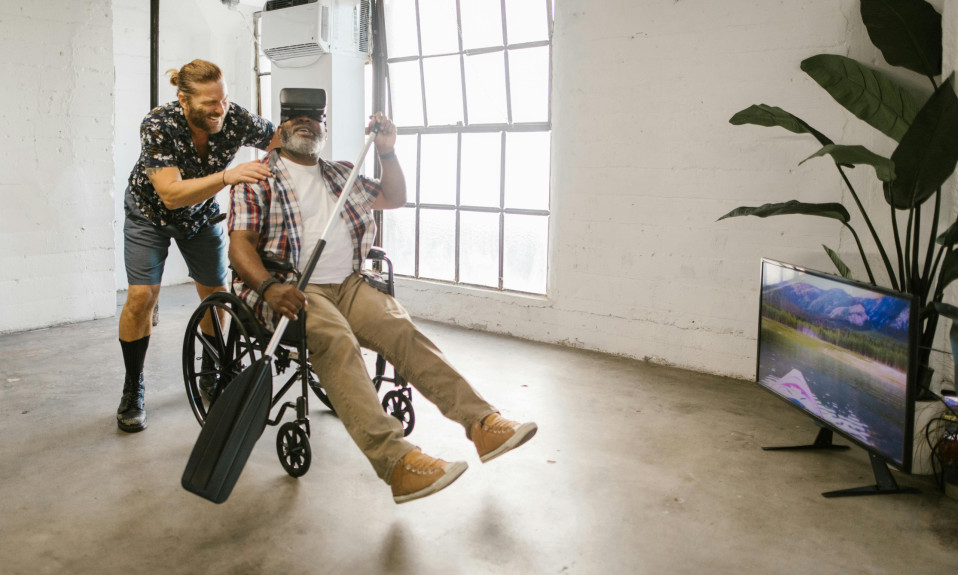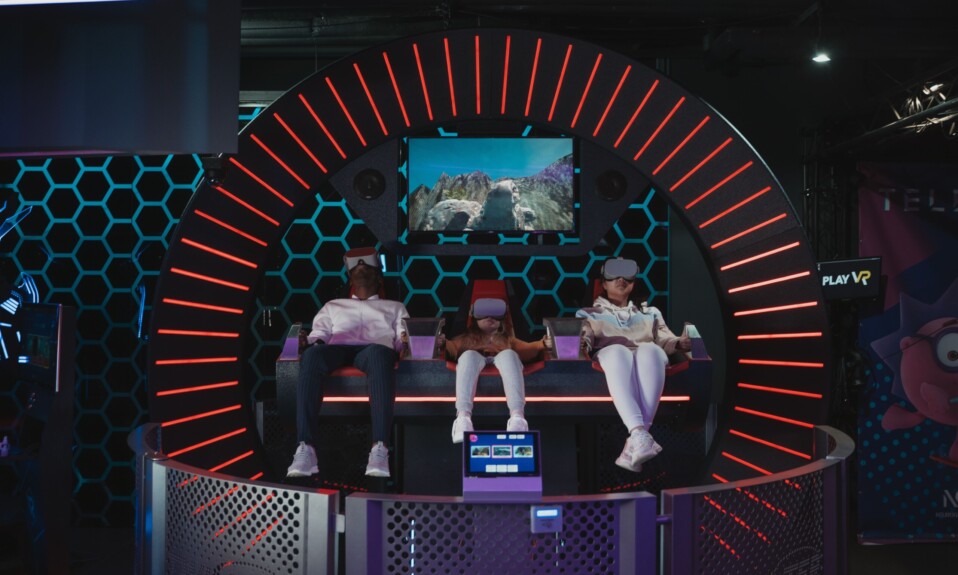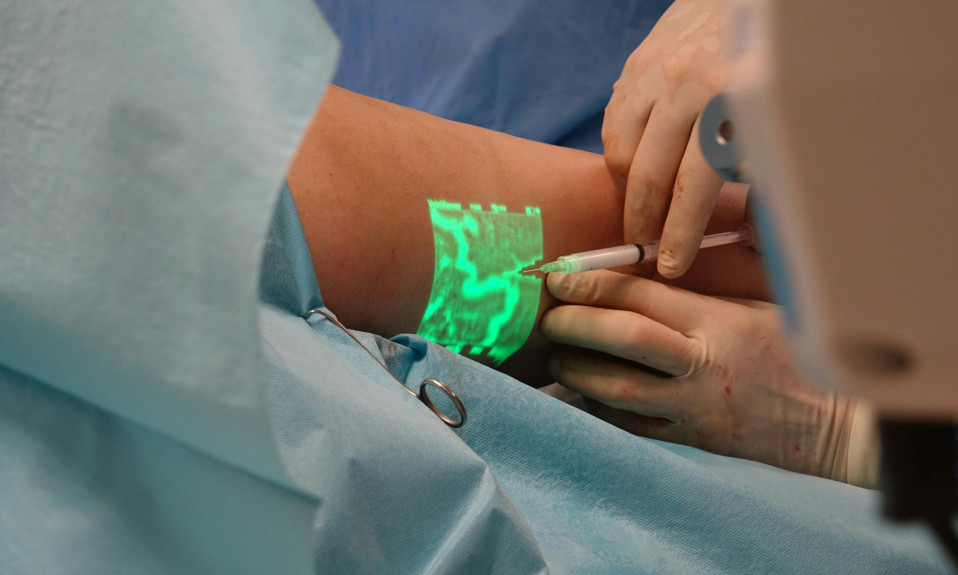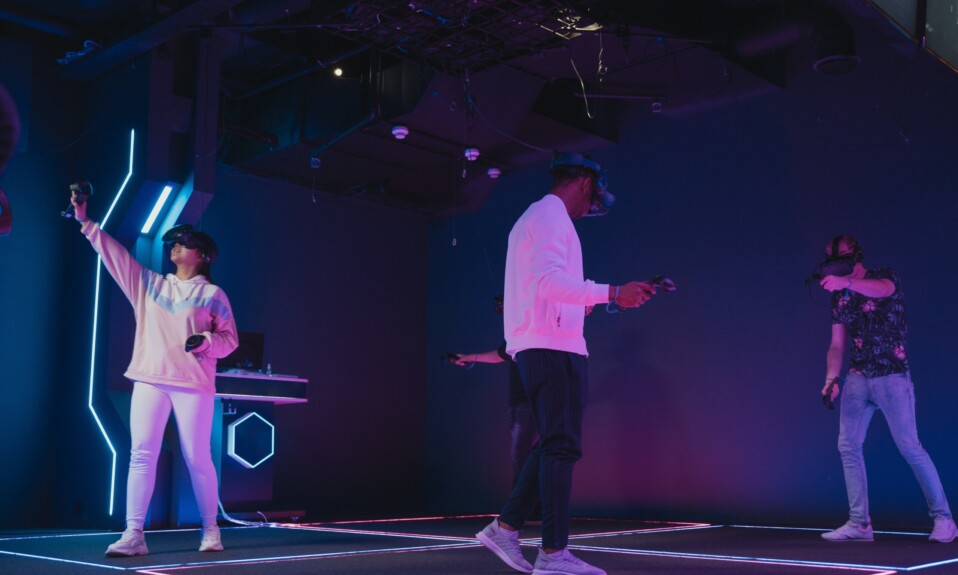In 1994, Paul Milgram and Fumio Kishino published a research paper on the taxonomy of mixed reality displays, proposing a virtuality continuum to quell the ambiguity in distinguishing interactive digital technologies.
The virtuality continuum comprises a spectrum with physical reality or the real-world environment at the extreme left and virtual reality (VR) at the extreme right.
On the spectrum lie augmented reality (AR), augmented virtuality (AV), and a super-set, Mixed Reality (MR), that embody all interactive digital technologies that exist within the virtuality continuum.
Thirty years and over nine thousand Google Scholar citations later, the virtuality continuum continues to set a precedent for defining and distinguishing various types of extended reality technologies.
However, the ambiguity that Paul Milgram and Fumio Kishino sought to repress still exists today, as the landscape of interactive digital technologies and the metaverse is ever-changing.
In distinguishing interactive digital experiences, the virtuality continuum, a predominantly visual construct, fails to account for the full scope of modern extended reality technologies.
The continuum neglects non-visual inputs such as tactile feedback, spatial audio, and other forms of sensory stimulation integral to immersive environments.
In light of technological advancements in interactive digital technologies, it is imperative to reevaluate old concepts and propose new ways to define mixed reality (MR).
This article re-imagines how we classify MR, moving beyond conventional frameworks to capture the next generation of interactive experiences shaping the burgeoning metaverse and virtual ecosystem.
Without further ado, let’s delve in.
I do not want a discount, said no one ever! Upgrade your VR setup today with top-tier accessories—use code META20 for 20% off + free shipping on orders over $15. Level up your VR experience now ➡️ Shop & Save!
Quick Navigation
What is Mixed Reality? – Definitions and Characteristics
With extended reality technologies evolving at an unprecedented pace and immersive experiences blurring the lines between virtual and physical realities, it is nearly impossible to establish a specific one-size-fits-all definition of mixed reality.
A 2019 study and literature review on mixed reality (MR) identified six recurring notions of MR and developed a seven-dimensional conceptual framework to classify the varied definitions of mixed reality.
The study’s findings largely indicate that common notions of MR highlight a significant link between augmented reality (AR) and mixed reality (MR) experiences.
Expert opinions and the reviewed sources within the study suggest that notions of mixed reality include:
- A mix of real and virtual objects as specified by the virtuality continuum.
- A synonym for augmented reality.
- A collaboration between augmented and virtual realities.
- A combination of augmented and virtual realities.
- A synchronization between the physical and virtual world.
- An evolution or a stronger version of augmented reality.
The authors of the study note that the varied definitions of mixed reality reveal a fragmentation within the MR landscape and the absence of a predominant notion of mixed reality.
Microsoft Learn suggests a more contemporary definition that characterizes mixed reality as a blend of the physical and digital world, fostering natural and instinctual interactions between humans, computers, and their environments.
Such characterization considers advancements in environmental perceptions like spatial mapping, enhancement in processing power with cloud computing, and more inclusive forms of sensory-motor inputs such as hand-tracking technology, eye-tracking, and speech inputs.
How Do We Define Mixed Reality (MR)?
Attributing specific events or experiences to certain forms of interactive digital technologies such as AR, MR, or VR hinges on the subjectivity of users’ perceptions and the framework or context for which those experiences occur.
While the virtuality continuum remains one of the most popular characterizations for MR, its acceptance as a universal notion is widely contested, and the need for a unified definition of mixed reality is pertinent.
Considering the advancement in modern extended reality technologies, Mixed Reality (MR) is an interactive experience that seamlessly integrates physical and virtual environments, blending elements from both worlds to create a cohesive and immersive experience.
Mixed reality leverages advanced sensory inputs like visual, auditory, and tactile feedback alongside environmental awareness to enable natural interactions between digital and physical elements.
It allows for a more dynamic and integrated experience that builds upon and extends beyond the traditional virtuality continuum by incorporating complex and adaptive interactions between real and digital worlds.
Mixed reality devices may utilize optical see-through or video see-through technology alongside multiple sensors and depth cameras to facilitate interactive MR experiences.
With optical see-through, the real world or physical environment is viewed through a transparent glass or screen, while with video see-through, elements of the real world are obtained through camera feeds and displayed to users.
A 2020 study on mixed reality underscores several steps required for immersive MR environments using see-through technology, which include device recognition, spatial recognition, object recognition and tracking, mapping recognition, visual recognition, and portable recognition.
I do not want a discount, said no one ever! Upgrade your VR setup today with top-tier accessories—use code META20 for 20% off + free shipping on orders over $15. Level up your VR experience now ➡️ Shop & Save!
Mixed Reality vs Augmented Reality – What’s The Difference?
Given the nature of augmented and mixed realities, which blend digital content with the real world, their differences and similarities are often misconstrued.
Despite this, there are several distinguishing factors and nuances between mixed and augmented realities.
| Feature | Augmented Reality | Mixed Reality |
| Spatial Registration | Digital overlays using GPS, gyroscopes, accelerometer | 3D overlays with advanced spatial mapping using sensors and depth cameras |
| Interaction Level | Static with minimal or no interaction with real-world objects | Dynamic with advanced interaction with real-world objects |
| Environmental Awareness | Less aware of real-world environments | Highly aware with enhanced environmental perception mechanisms |
| Device Type | AR apps on smartphones like Snapchat and Google Glass | MR headsets like Apple Vision Pro and Microsoft HoloLens |
| Example Applications | Pokémon Go and Ingress | RoboRaid and Magic Leap |
These differences highlight significant connections between augmented and mixed realities. It is little wonder that certain sources often attribute mixed reality to an advanced form of AR.
However, the dissimilarities between AR and MR are evident, as mixed reality provides dynamic, interactive, cohesive, and immersive experiences integrating physical and digital elements, unlike augmented reality.
Final Thoughts on Mixed Reality
Extended reality and interactive digital technologies are advancing rapidly, and as a result, contemporary notions for specific technological innovations may become obsolete over time.
As Paul Milgram and Fumio Kishino acknowledged, as technology progresses, it may eventually become less straightforward to perceive whether the primary world being experienced is in fact predominantly “real” or predominantly “virtual.”
Mixed reality has evolved from traditional visual overlays to a more interactive, dynamic, and immersive digital experience, blending physical and digital elements seamlessly.
With spatial registration, orientation, enhanced depth-of-field, sensory inputs, and environmental awareness, MR creates new interactions between humans, computers, and their environments.
Hopefully, this characterization of mixed reality experiences illuminates the nuances between augmented and mixed realities while effectively clarifying the contemporary nature of these experiences.
I do not want a discount, said no one ever! Upgrade your VR setup today with top-tier accessories—use code META20 for 20% off + free shipping on orders over $15. Level up your VR experience now ➡️ Shop & Save!

